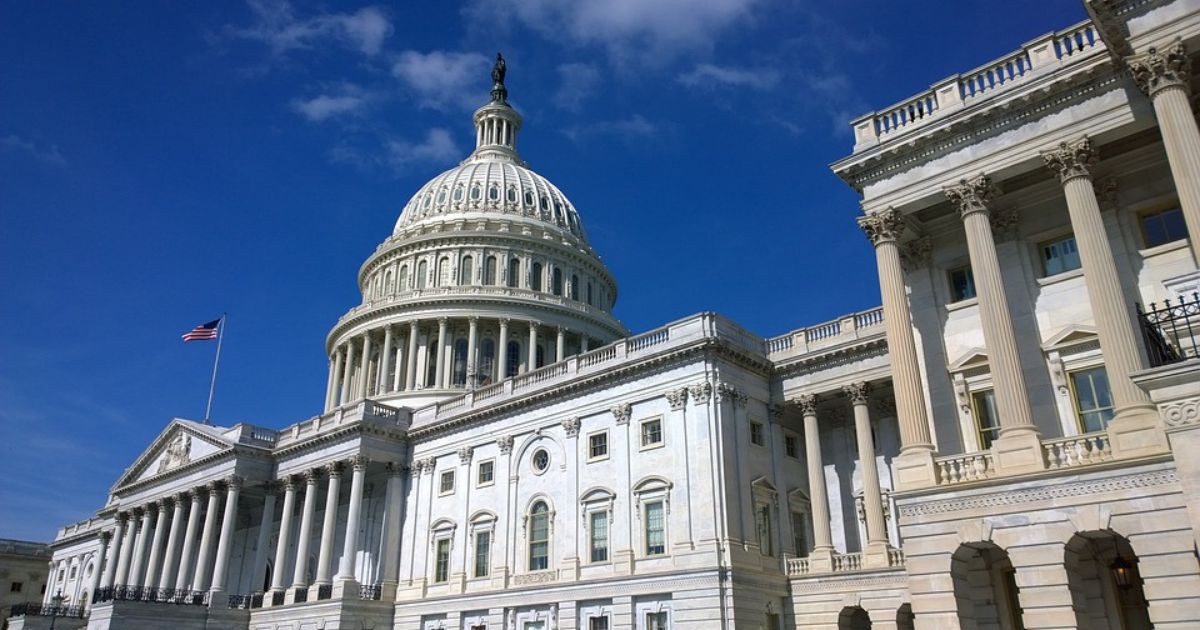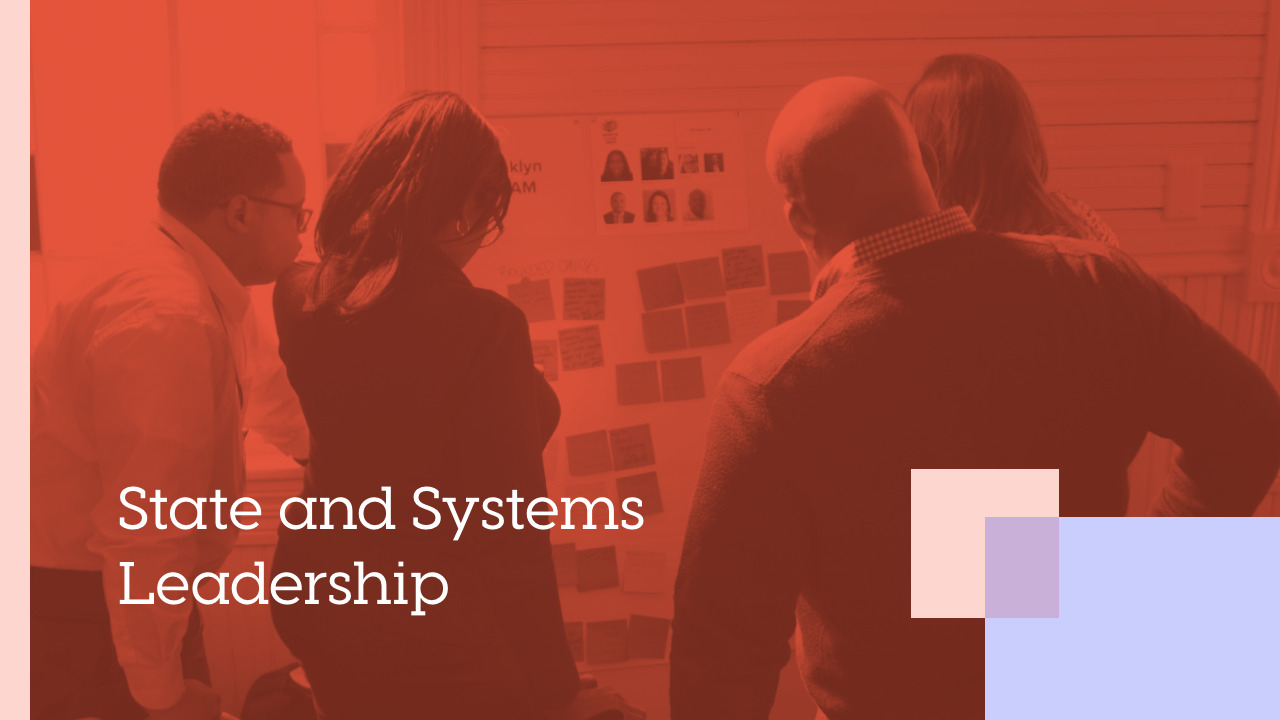Policy Pulse: Federal Funds for Innovative Learning Models, Priorities for the 118th
February 1, 2023 |
Policy Pulse — Winter 2023
In this Winter 2023 edition of Policy Pulse, we’re excited to update you on the passage of new federal funding for the development of innovative learning models. There is a widespread recognition that the existing, outdated education operating model has failed generations of students for far too long. A recent study indicates that the majority of Americans want schools to rethink education and that there is a failure to recognize how strongly Americans value letting students learn at their own pace. It’s way past time to use learning science to create new competency-based approaches to support teachers and let each and every child reach their own potential. We are thrilled the federal government will soon begin to fund this effort.
In addition, this Pulse will provide you with our take on critical education priorities for the 118th Congress. We’ll also link you to a blog post written by our Deputy Director of Policy & Advocacy and former Hill staffer, Alex Morris, on what it will take for Congress to do even more to develop new models for students and families. Finally, we’ll share a video from a state leader and the CEOs of KnowledgeWorks and Digital Promise, who discuss what’s needed to drive systemic change in education at the state and district level.
R&D for Innovative Learning Models
Congress and the President Sign on for the “Development” in R&D to Build Innovative Learning Models
After months of negotiations, the Fiscal Year 2023 Omnibus Appropriations Act was passed by Congress on December 23, 2022 and signed into law by President Biden. This process consisted of negotiating topline spending numbers and reconciling differences between the two bills proposed by the House Appropriations Committee and the Senate Appropriations Committee.
New Classrooms advocated for a provision to be included in the FY23 House Labor, Health, and Human Services (LHHS) bill that would create a National Center for the Advanced Development in Education (NCADE) at the Institute of Education Sciences (IES), modeled after the Defense Advanced Research Projects Agency (DARPA), an R&D agency of the United States Department of Defense which developed breakthrough technologies like the internet and GPS. The final legislation directed IES to “invest in breakthrough technologies; new pedagogical approaches; innovative learning models; and more efficient, reliable, and valid forms of measurement of student learning, experiences, and opportunities.”
Why Our Nation’s Students Need a Strong Federal Investment in Education Innovation
In our latest blog, Alex Morris, Deputy Director of Policy & Advocacy at New Classrooms and former Hill staffer shares her perspective on the recently passed federal funding and what it would take to act even bigger:

“Many people wouldn’t necessarily associate Congress with ‘innovation,’ and there were times I found myself frustrated by the institutional barriers that made it impossible to break outside the status quo of legislating. That’s why the creation of NCADE, a pilot dedicated solely to the research and development of innovative approaches to teaching and learning, is a big deal. While much of the COVID-19 ESSER funding had to be used for maintenance efforts, NCADE has the potential to focus on the ‘Development’ in Research & Development (R&D) in order to create tools that would allow for school communities to reimagine education and personalize the learning journey for their students.”
Alex’s six years of experience working on the Hill informs her unique understanding of what it took to pass this bipartisan spending package. But she doesn’t back down from advocating for legislators to take this further by fully funding and authorizing NCADE at IES as well as creating a program within the center for the development of innovative learning models, which would support and sustain development and research to expand the knowledge and understanding of innovative learning models.
118th Congress
As we shared in the Fall Pulse, national test scores (NAEP) in grades four and eight plunged by historic levels, representing the biggest drop in math and reading proficiency since federal testing began in 1990 (The Nation’s Report Card, National Center for Education Statistics, 2022). While the COVID-19 pandemic had profound impacts on academic performance, at New Classrooms we believe the outdated factory model of schooling has always made it impossible to meet the unique strengths and needs of each student in order to help them reach their potential. It is well past time to create a new vision for schooling.
To do so, we are pushing this Congress in the 118th session to invest more in sustainable R&D for education (heavy on “development”) to create new innovative learning models. We also have policy priorities on how Congress can create the space for states and districts to reimagine education by implementing new learning models.
How Are State and District Leaders Thinking About Systemic Change?
On January 24, Miguel Cardona, Secretary of Education spoke to America about Raising the Bar. He shared that over the course of his career, “we’ve seen education policy veer away from improving the instructional core… In my experience, and in conversations with dedicated educators, local elected education leaders, parents and students, our children cannot afford another round of policies that are not grounded in what is best for kids. What we do need is a collective will to fight complacency and status quo in education with the same passion we used to fight COVID.”

Over the fall, we brought together thought leaders on this very topic—shifting from an industrial paradigm to a student-centered one—to discuss what’s needed to drive systemic change in education at the state and district level.
The session included Julie Murgel (Chief Operating Officer for the Montana Office of Public Instruction), William Hite (President & CEO of KnowledgeWorks), and moderator, Jean-Claude Brizard (President & Chief Executive Officer of Digital Promise).
The panelists shared how, as leaders responsible for system change, they think about both their near-term responsibilities and the future of K-12 school to fight the status quo. When asked about what Julie Murgel has done in the past to attempt to change the hearts and minds of others and to overcome the system inertia, she shared two highlights: the need to focus on student agency and personalized learning.
What We’re Reading/Watching
- Equality or Equity? Jeff Duncan-Andrade discusses why schools need to be equity-focused and how equality hasn’t produced the results needed (Harvard EdCast)
- How to Supercharge Student Learning In the wake of pandemic-related learning loss, we must intensify our focus on how the classroom time we already have is used and take into consideration “learning density”—the amount of new learning jammed into every chunk of a lesson (Fordham Institute)
- NWEA: Full Academic Rebound Likely 5 or More Years Away Reading and math recovery is continuing this school year but some student groups have a longer road to closing gaps, NWEA says (K12 Dive)
- Changing Perspectives on Education How parents, educators and students experienced learning at the height of school closures will forever change the American education system (Walton Family Foundation)
- Why Our School System Has To Evolve U.S. Secretary of Education Miguel Cardona joins Jon Stewart to cover everything from why schools aren’t evolving fast enough to keep up with current challenges, how the role of schools and teachers have shifted and left many educators without the resources they need to succeed, and how we can remake the system to be more student-centered and less about test scores and resume-building (The Problem With Jon Stewart Podcast)
- Which Edtech Companies Are Listening to Teachers? Data gathered from 14 edtech companies informs how educators play a role in their products (EdSurge)
To receive the Policy Pulse and other policy-related communications from our team, subscribe to our newsletter.